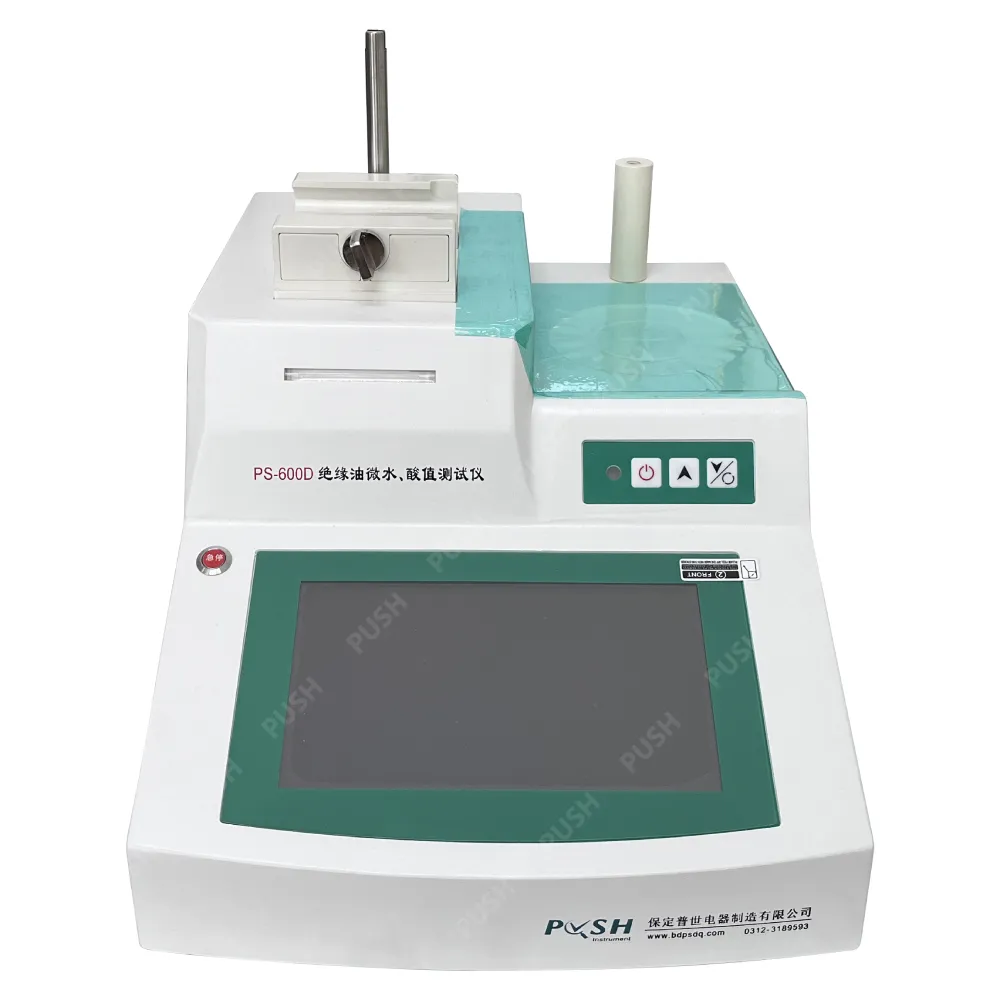TEL:
+86-0312-3189593
 English
English

Telephone:0312-3189593

Email:sales@oil-tester.com

-
 Afrikaans
Afrikaans -
 Albanian
Albanian -
 Amharic
Amharic -
 Arabic
Arabic -
 Armenian
Armenian -
 Azerbaijani
Azerbaijani -
 Basque
Basque -
 Belarusian
Belarusian -
 Bengali
Bengali -
 Bosnian
Bosnian -
 Bulgarian
Bulgarian -
 Catalan
Catalan -
 Cebuano
Cebuano -
 China
China -
 China (Taiwan)
China (Taiwan) -
 Corsican
Corsican -
 Croatian
Croatian -
 Czech
Czech -
 Danish
Danish -
 Dutch
Dutch -
 English
English -
 Esperanto
Esperanto -
 Estonian
Estonian -
 Finnish
Finnish -
 French
French -
 Frisian
Frisian -
 Galician
Galician -
 Georgian
Georgian -
 German
German -
 Greek
Greek -
 Gujarati
Gujarati -
 Haitian Creole
Haitian Creole -
 hausa
hausa -
 hawaiian
hawaiian -
 Hebrew
Hebrew -
 Hindi
Hindi -
 Miao
Miao -
 Hungarian
Hungarian -
 Icelandic
Icelandic -
 igbo
igbo -
 Indonesian
Indonesian -
 irish
irish -
 Italian
Italian -
 Japanese
Japanese -
 Javanese
Javanese -
 Kannada
Kannada -
 kazakh
kazakh -
 Khmer
Khmer -
 Rwandese
Rwandese -
 Korean
Korean -
 Kurdish
Kurdish -
 Kyrgyz
Kyrgyz -
 Lao
Lao -
 Latin
Latin -
 Latvian
Latvian -
 Lithuanian
Lithuanian -
 Luxembourgish
Luxembourgish -
 Macedonian
Macedonian -
 Malgashi
Malgashi -
 Malay
Malay -
 Malayalam
Malayalam -
 Maltese
Maltese -
 Maori
Maori -
 Marathi
Marathi -
 Mongolian
Mongolian -
 Myanmar
Myanmar -
 Nepali
Nepali -
 Norwegian
Norwegian -
 Norwegian
Norwegian -
 Occitan
Occitan -
 Pashto
Pashto -
 Persian
Persian -
 Polish
Polish -
 Portuguese
Portuguese -
 Punjabi
Punjabi -
 Romanian
Romanian -
 Russian
Russian -
 Samoan
Samoan -
 Scottish Gaelic
Scottish Gaelic -
 Serbian
Serbian -
 Sesotho
Sesotho -
 Shona
Shona -
 Sindhi
Sindhi -
 Sinhala
Sinhala -
 Slovak
Slovak -
 Slovenian
Slovenian -
 Somali
Somali -
 Spanish
Spanish -
 Sundanese
Sundanese -
 Swahili
Swahili -
 Swedish
Swedish -
 Tagalog
Tagalog -
 Tajik
Tajik -
 Tamil
Tamil -
 Tatar
Tatar -
 Telugu
Telugu -
 Thai
Thai -
 Turkish
Turkish -
 Turkmen
Turkmen -
 Ukrainian
Ukrainian -
 Urdu
Urdu -
 Uighur
Uighur -
 Uzbek
Uzbek -
 Vietnamese
Vietnamese -
 Welsh
Welsh -
 Bantu
Bantu -
 Yiddish
Yiddish -
 Yoruba
Yoruba -
 Zulu
Zulu
ஜன . 09, 2025 14:04
Back to list
transformer oil analysis
Understanding transformer oil analysis is essential for maintaining the health and efficiency of electrical transformers. Drawing from years of experience in the field, it's evident that many companies overlook the importance of this specialized process, leading to preventable failures and costly downtime.
From a practitioner's perspective, interpreting these tests requires both scientific knowledge and practical experience. For instance, the presence of acetylene in the DGA results often indicates arcing within the transformer, necessitating immediate action. Similarly, elevated levels of carbon dioxide and carbon monoxide usually suggest paper decomposition, pointing to overheating of the transformer's cellulose insulation. Reliability and trustworthiness in transformer oil analysis come from using reputable laboratories and adhering to international standards such as IEC or ASTM. Ensuring samples are taken accurately and analyzed under controlled conditions is non-negotiable for generating reliable data. Expert technicians should always oversee the sampling and testing processes, providing insights that only seasoned professionals can offer. The authoritative stance on transformer oil analysis also includes best practices for ongoing monitoring and preventive maintenance strategies. By implementing a consistent testing schedule, companies can establish a baseline for their equipment, allowing for early detection of potential issues. This proactive approach not only extends the operational life of transformers but also enhances the reliability of power distribution networks. In conclusion, while transformer oil analysis may seem like a niche field, its impact on operational efficiency and safety in the power industry is profound. Leveraging expertise from experienced professionals and trusting authoritative laboratory results fosters informed decisions. Investing in regular oil analysis is a testament to a company's commitment to equipment reliability and operational excellence.


From a practitioner's perspective, interpreting these tests requires both scientific knowledge and practical experience. For instance, the presence of acetylene in the DGA results often indicates arcing within the transformer, necessitating immediate action. Similarly, elevated levels of carbon dioxide and carbon monoxide usually suggest paper decomposition, pointing to overheating of the transformer's cellulose insulation. Reliability and trustworthiness in transformer oil analysis come from using reputable laboratories and adhering to international standards such as IEC or ASTM. Ensuring samples are taken accurately and analyzed under controlled conditions is non-negotiable for generating reliable data. Expert technicians should always oversee the sampling and testing processes, providing insights that only seasoned professionals can offer. The authoritative stance on transformer oil analysis also includes best practices for ongoing monitoring and preventive maintenance strategies. By implementing a consistent testing schedule, companies can establish a baseline for their equipment, allowing for early detection of potential issues. This proactive approach not only extends the operational life of transformers but also enhances the reliability of power distribution networks. In conclusion, while transformer oil analysis may seem like a niche field, its impact on operational efficiency and safety in the power industry is profound. Leveraging expertise from experienced professionals and trusting authoritative laboratory results fosters informed decisions. Investing in regular oil analysis is a testament to a company's commitment to equipment reliability and operational excellence.
Previous:
Next:
Latest news
-
Exploring the Main Types of Industrial Endoscopes and Their Applications Across IndustriesNewsJul.04,2025
-
Testing Equipment Industry Sees Major Advancements in 2025: Smart & Precision Technologies Lead the WayNewsJun.06,2025
-
Applications of Direct Current Generators in Renewable Energy SystemsNewsJun.05,2025
-
Hipot Tester Calibration and Accuracy GuidelinesNewsJun.05,2025
-
Digital Circuit Breaker Analyzer Features and BenefitsNewsJun.05,2025
-
Benefits of Real-Time Power Quality Monitoring Devices for Industrial EfficiencyNewsJun.05,2025



